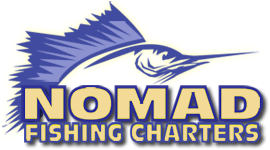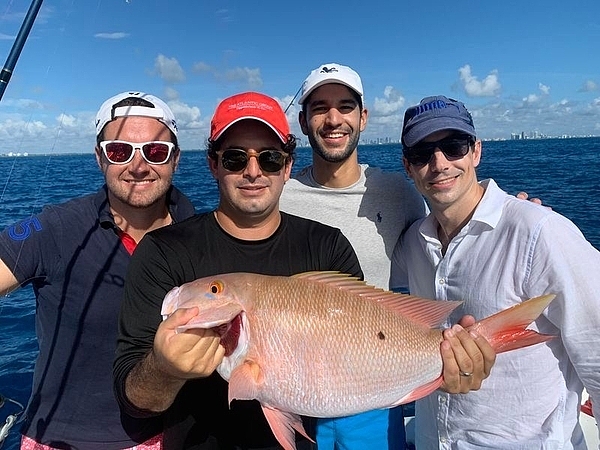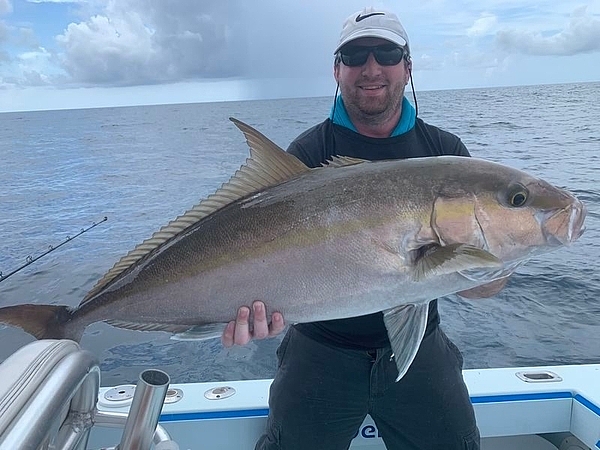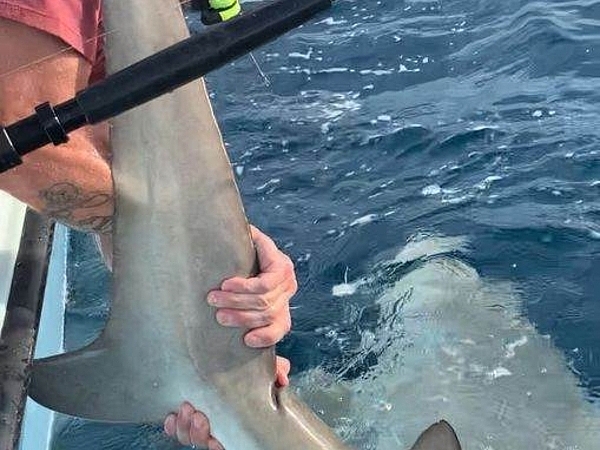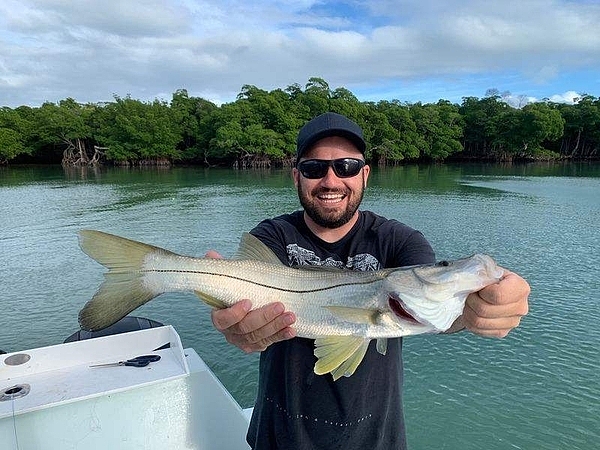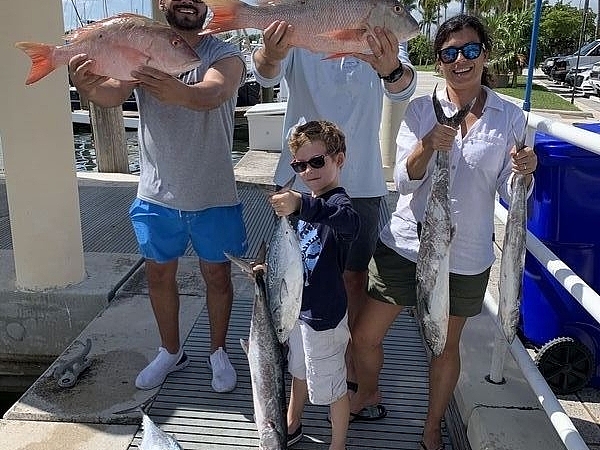How Weather and Wind Affect Fishing Conditions in Miami
Wind changes everything on the water in Miami. Some days, the ocean sits flat and you can spot baitfish from a mile away. Other days, the breeze kicks up, the waves build, and the fish move in tight. Miss these shifts and you’ll waste time. Pay attention, and you’ll find the fish.
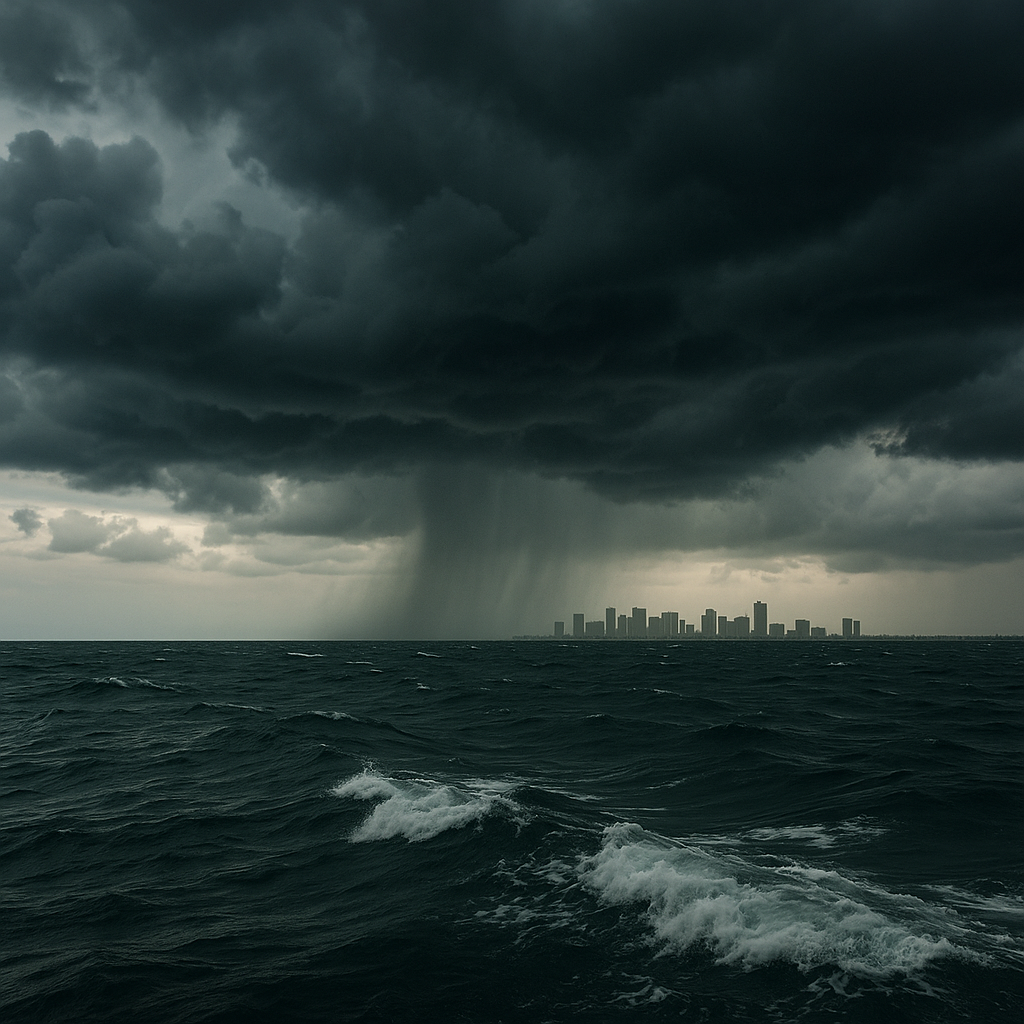
Wind Patterns That Change the Game
Wind direction and speed decide where the fish show up and how they feed. East winds under 15 knots? That’s the sweet spot for live baiting. Baitfish ride the current, predators follow, and the bite turns on. North winds push bait tight to the beaches. Tarpon roll in the trough, and every cast feels like a shot at a trophy. Light chop on the water hides the boat, making even the wariest fish less cautious. When the wind stirs up the surface, bait schools bunch up, and predators move in for an easy meal. Moderate breezes open the door for kite fishing. Sailfish and mahi can’t resist a well-presented bait dancing in the wind.
- East winds under 15 knots. Prime for live baiting
- North winds. Baitfish hug the shore, tarpon fishing heats up
- Light chop. Boats blend in, fish get bold
- Wind-driven currents. Bait schools stack up, predators follow
- Moderate wind. Kite fishing for sailfish and mahi comes alive
Every Miami angler knows these patterns. The best days aren’t always the calmest. Sometimes, a little wind is the difference between a slow pick and a full cooler. When guests join us on the water, we use these wind cues to put them on the bite and maximize every trip.
When Weather Turns Rough
Strong winds above 20 knots don’t shut down the bite. They just force a change in tactics. The ocean gets bumpy, but the fish don’t leave. Smart captains shift to protected waters, hug the lee side of islands, or tuck in behind reefs. Bottom fishing near wrecks or switching to heavy jigs often outperforms trolling on rough days. Grouper and snapper feed hard when the water churns. The chop knocks bait loose, and predators take advantage. The trick is knowing where to hide from the worst of it and how to keep baits in the strike zone. Our team at Nomad Fishing Charters has spent years learning which spots hold fish when the wind is up, so you can still have a productive day even when the forecast looks tough.
- Find protected spots. Bridges, channels, and leeward shorelines
- Switch to bottom rigs. Heavy jigs, big weights, and tough leaders
- Target aggressive feeders. Grouper, snapper, and jacks
- Stay flexible. Move often, watch the water, and adjust on the fly
Rough weather weeds out the casual crowd. The fish don’t care. They eat when the conditions line up, and the anglers who adapt fill the box.
Inshore and Offshore: Two Different Worlds
Inshore waters offer a buffer when the wind howls. Bays and channels stay fishable long after the ocean gets too rough. Offshore, the story changes. Deep water demands stable weather. Winds over 15 knots stack up big waves, and the run gets long and wet. Storm fronts hit offshore waters first and hardest. Inshore, the bite can actually improve as pressure drops and bait moves into the shallows.
- Inshore. Fishable in stronger winds, more options for shelter
- Bay areas. Calmer, easier to work lures and baits
- Offshore. Needs lighter winds, stable seas for safety and comfort
- Deep water. Best under 15 knots, less pounding, more productive drifts
- Storms. Offshore gets dangerous fast, inshore can light up with action
Knowing when to stay inside and when to run offshore separates the pros from the rest. The best captains read the sky, check the radar, and make the call before leaving the dock. Run and gun tactics only work when the weather allows. Otherwise, it’s time to tuck in and work the structure close to home. We help guests make the most of both inshore and offshore opportunities, always prioritizing safety and the best possible action.
How Captains Make the Call
Every trip starts with a plan, but the weather always gets a vote. Captains check wind direction, speed, wave height, and rain chances before every launch. They know the seasonal patterns. When the sailfish show up, when the tarpon roll, when the sharks move in. They watch the clouds, feel the breeze, and listen to the radio. Safety comes first. No fish is worth a busted boat or a dangerous ride. After that, it’s about putting clients on fish and making memories. The best guides have backup plans for every forecast. When the wind shifts, they already know where to go and what to throw. Shark fishing might be the call one day, deep dropping for snapper the next. At Nomad Fishing Charters, we take satisfaction in having the experience and flexibility to adjust on the fly, so your day on the water is both safe and successful.
- Monitor wind, waves, and radar. Every trip, every hour
- Know the seasonal bite. What’s hot, what’s not
- Keep safety at the top. No shortcuts, no risks
- Have backup spots. Wrecks, reefs, and hidden channels
- Stay flexible. Change tactics as the weather changes
That’s how Miami captains keep the rods bent, no matter what the forecast says.
Ready to Book Your Miami Fishing Trip?
Contact Nomad Fishing Charters at 786-266-0171 or contact us to plan your next weather-optimized fishing trip.
‹ Back
